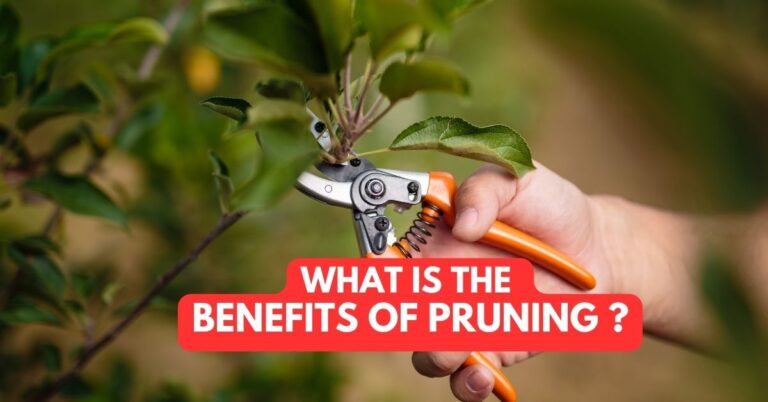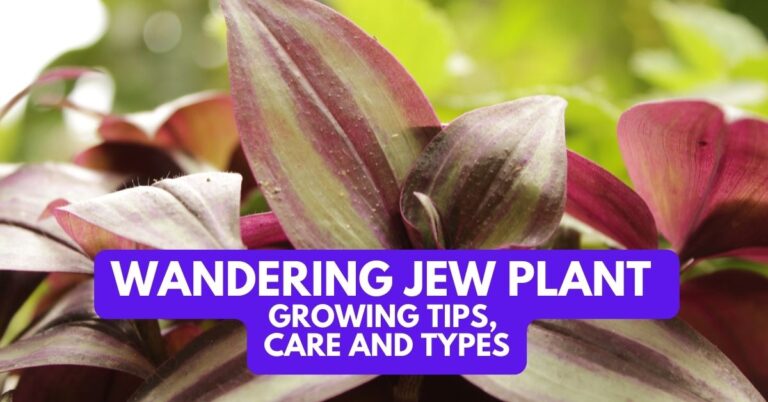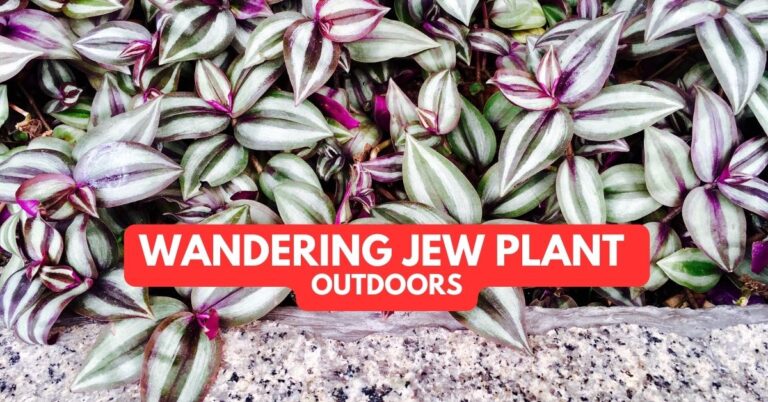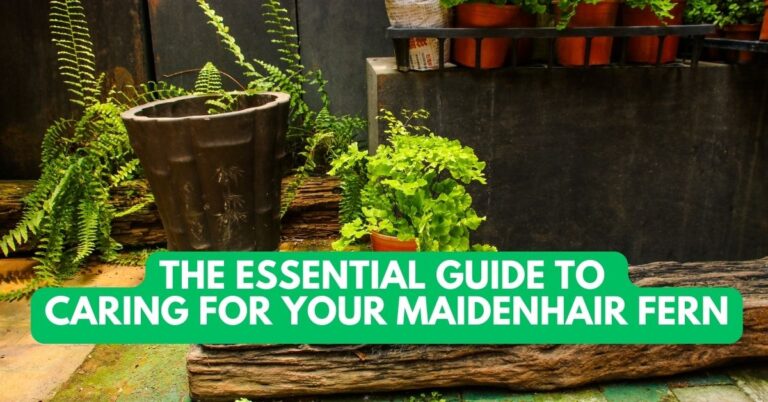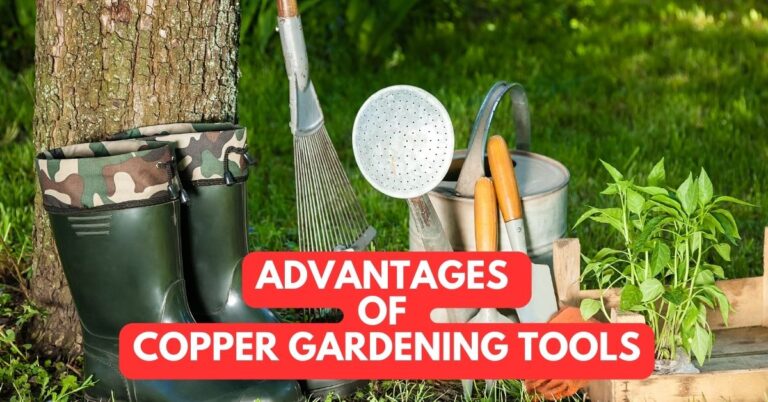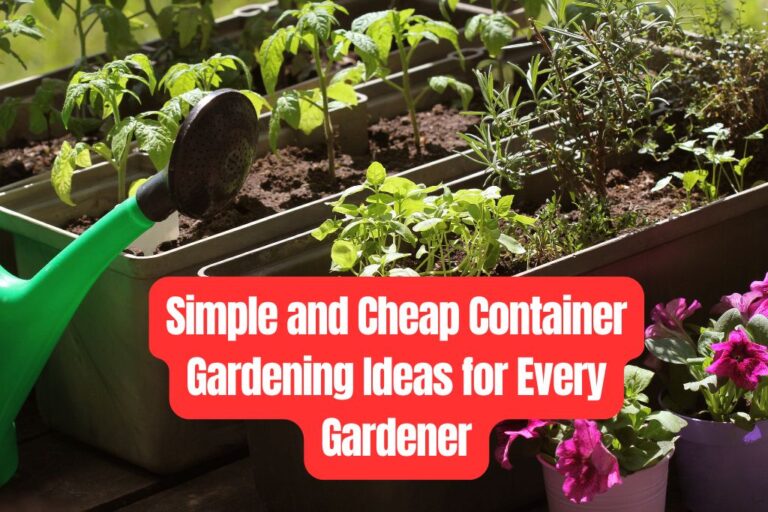Why Are My Hydroponic Plants Growing So Slow
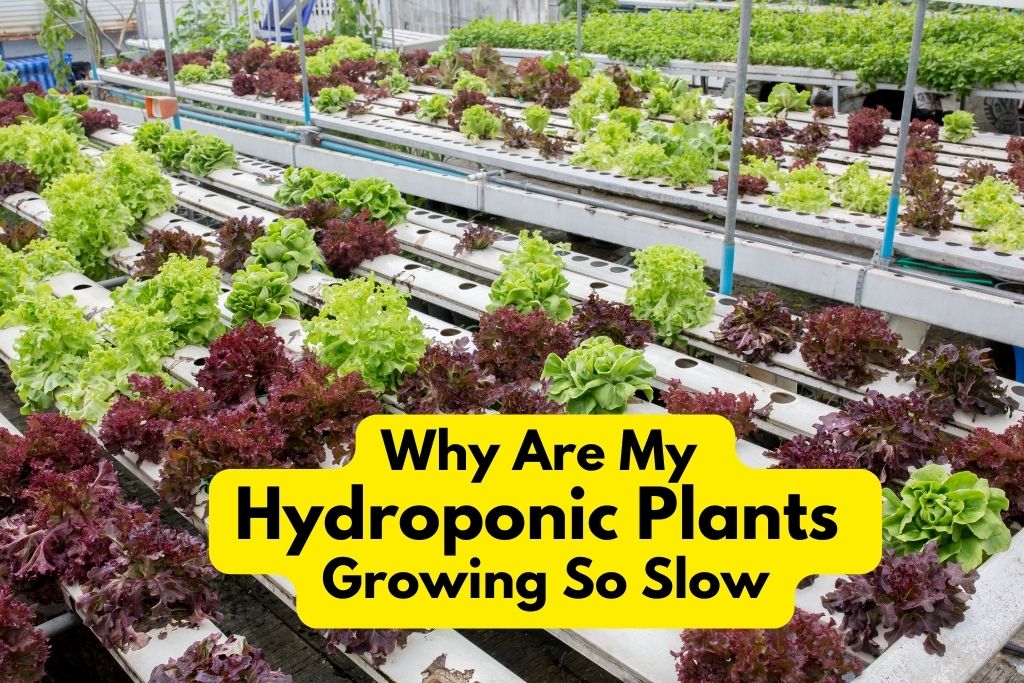
Hydroponic gardening has garnered a significant amount of attention and praise in recent years due to its ability to produce higher yields with fewer resources when compared to traditional gardening. With this method’s substantial benefits, it is certainly frustrating when your hydroponic plants exhibit slow growth or subpar performance. Various factors can contribute to this issue, encompassing aspects such as nutrition, environmental controls, and even the type of hydroponic system in place. In this blog post, we delve into the common reasons for sluggish plant growth in hydroponic gardens and provide tips to optimize your setup for better results. By understanding these key variables, you’ll be better equipped to troubleshoot issues and enjoy the high-yielding, thriving garden that hydroponics can offer.
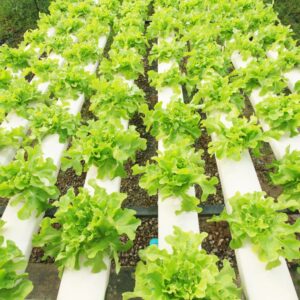
Importance of Optimal Growth Factors: Explain how various growth factors like nutrition, water availability, light exposure, temperature, and aeration contribute to the growth of hydroponics.
In the world of hydroponic gardening, the growth rate of your plants is a crucial aspect to consider. When your plants are growing slowly, it’s essential to understand the importance of optimal growth factors and how they contribute to the overall health of your hydroponic system.
One of the main contributing factors to the growth of hydroponic plants is nutrition. The nutrient solution used in a hydroponic system provides all the essential elements needed for optimal plant growth. It’s crucial to maintain the right balance of nutrients and ensure that your plants receive the correct levels of each element. A deficiency or excess in any nutrient can lead to stunted growth, yellowing leaves, or other issues. Make sure to monitor the nutrient levels in your system regularly and adjust the nutrient solution as needed.
Water availability is another critical factor in hydroponic plant growth. Root systems should have constant access to nutrient-rich water but not become waterlogged, leading to root rot and oxygen deprivation. To prevent this, make sure to maintain a proper water level in your system and implement adequate drainage solutions.
Light exposure plays a significant role in the growth of any plant, hydroponic or not. Since photosynthesis is the primary process that fuels growth, your plants need adequate and consistent light exposure to develop and mature. Ensure that your hydroponic plants receive the recommended amount of light (usually between 14-18 hours per day) and invest in high-quality grow lights if natural light is insufficient.
Temperature control is another key factor when it comes to hydroponic plant growth. Each plant variety has an ideal temperature range in which it thrives. The temperature should be consistently maintained within this range to promote optimal growth. Too hot or too cold temperatures can lead to slow growth or even plant death. Investing in a quality temperature control system will help maintain consistency and allow your plants to prosper.
Lastly, aeration is vital in hydroponic systems, as the plant roots require oxygen to facilitate nutrient uptake and respiration. A well-aerated system will provide sufficient oxygen to the root zone, resulting in faster growth and healthier plants. Using air stones or diffusers will help increase oxygen availability and circulation within the system.
By understanding the importance of optimal growth factors, you can take the necessary steps to ensure that each aspect of your hydroponic system is functioning at its best. By paying close attention to nutrition, water availability, light exposure, temperature, and aeration, you will provide your plants with the ideal environment for accelerated growth and bountiful harvests.
Nutrient Imbalance and Deficiencies: Discuss how the imbalance or deficiency in nutrient solutions can lead to slow plant growth.
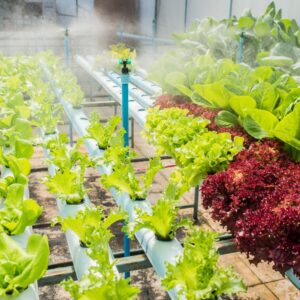
In a hydroponic system, plants rely on a nutrient-rich water solution to support their growth and development. Achieving the correct balance of nutrients is crucial to the success of any hydroponic system, as improper nutrient concentrations can lead to slow growth, poor crop yields, and other adverse effects on your plants. One of the most common reasons for slow growth in hydroponic systems is an imbalance or deficiency in the nutrient solution.
To understand how nutrient imbalances and deficiencies impact plant growth, it’s important to know that plants require macronutrients, micronutrients, and water in varying amounts. Macronutrients – such as nitrogen, phosphorus, and potassium – are needed in large quantities, while micronutrients like iron, zinc, and copper are required in smaller amounts. Inadequate levels of either macronutrients or micronutrients can result in nutrient deficiencies that negatively affect plant growth.
A nutrient imbalance can be caused by several factors, including incorrect nutrient ratios, inconsistent mixing or application, and solution pH levels. Here’s how these factors can impact your plants:
1. Incorrect Nutrient Ratios: Using a pre-mixed, commercial nutrient solution may not always provide the optimal nutrient ratios for your hydroponic system. Additionally, different plants have varying nutrient requirements, which should be taken into consideration when choosing a nutrient solution. Inadequate macronutrient ratios can lead to the slow growth of plants, as they will struggle to uptake the nutrients they need for essential processes such as photosynthesis and root development.
2. Inconsistent Mixing or Application: Not properly mixing your nutrient solution or inconsistently applying the solution to your hydroponic plants can result in nutrient imbalances. Ensure that your nutrient solution is well mixed before use and monitor your system’s nutrient delivery to ensure it is consistent and uniform. Poor mixing or application can prevent certain nutrients from being adequately absorbed by the plant’s roots, resulting in slow growth and other health issues.
3. Solution pH Levels: The pH level of your nutrient solution is an essential determinant of nutrient availability in a hydroponic system. If the pH level is too high or too low, specific nutrients may become less available for plant uptake, leading to deficiencies or toxicities. Slow growth and poor plant health could be the result of inadequate pH levels in your hydroponic system, so it’s important to regularly monitor and adjust the pH as needed to maintain optimal conditions for your plants.
Ultimately, monitoring and maintaining proper nutrient levels and solution pH is critical for the success of a hydroponic system. In the case of slow plant growth, identifying and addressing nutrient imbalances and deficiencies can significantly improve the health and productivity of your plants. By understanding the factors that contribute to nutrient imbalances, you can create an environment that allows your plants to thrive and grow at their full potential.
Insufficient Light Exposure: Discuss the role of light in plants’ growth and how inadequate light can slow down hydroponic growth.

Hydroponic plants, like all other vegetation, rely on light as an essential component for their growth and development. Photosynthesis, a vital process in which plants convert light energy into chemical energy, allows them to produce the carbohydrates and sugars needed for cellular respiration, growth, and reproduction. However, when hydroponic plants do not receive an adequate amount of light, it can lead to slow growth, stunted development, and sometimes, a complete halt in the growth process altogether.
In a hydroponic system, light exposure is particularly crucial, as these plants are grown without soil and depend solely on the nutrients and environmental factors provided to them artificially. Insufficient light exposure can have several adverse effects on your hydroponic plants, some of which are detailed below.
1. Reduced Photosynthesis: As previously mentioned, photosynthesis is an essential process for plants to produce their food. Inadequate light exposure will compromise this process, leading to decreased production levels of carbohydrates and sugars. This, in turn, affects the overall growth and health of the plant.
2. Leggy Growth: In search of adequate light exposure, hydroponic plants may grow elongated stems with fewer and smaller leaves, a condition commonly referred to as “leggy growth”. This type of growth is unsustainable and results in weak or unhealthy plants with lower yields.
3. Flower and Fruit Production: Insufficient light exposure may significantly impact your plant’s reproductive growth, leading to reduced flower production and lower fruit or vegetable yields. Additionally, plants may take longer to bloom or bear fruit, delaying the overall harvest.
4. Chlorosis: Poor light availability can also induce chlorosis, a condition where leaves begin to lose their green pigmentation, eventually turning yellow. In severe cases, chlorosis can cause leaves to wither and die if not addressed promptly.
To ensure the healthy growth and development of your hydroponic plants, it is vital to provide them with appropriate light exposure. This can be achieved by using artificial light sources such as LED, HPS (High-Pressure Sodium), or MH (Metal Halide) grow lights, depending on your specific plant needs and growth stage requirements. Factors like light intensity, proper spectrum, photoperiod, and distance from plants should also be taken into consideration to maximize the benefits of the provided light.
In summary, providing adequate light exposure is critical to achieving optimal growth and yields in your hydroponic plants. Insufficient light can result in stunted growth, reduced photosynthesis, and lower fruit or vegetable yields. By carefully monitoring and adjusting your artificial lighting sources, you can nurture healthier plants and enjoy the rewards of a bountiful harvest.
Temperature Fluctuations and Extremes: Explain how temperature affects plant growth and how fluctuations or extreme temperatures can influence hydroponic growth.
Temperature plays a crucial role in the growth and development of hydroponic plants, influencing various physiological processes such as photosynthesis, respiration, and nutrient uptake. When temperatures remain within the optimal range for a plant’s specific needs, it can thrive and produce the desired outcome. However, temperature fluctuations and extremes can negatively impact plant growth in a hydroponic system.
When a hydroponic system experiences significant temperature fluctuations or extremes, it can lead to stress on the plants, hindering their ability to develop. Another aspect to consider is that the optimal temperature range may vary for different phases of plant growth, such as vegetative growth and flowering.
As the temperature in the growing environment rises, the rate of photosynthesis increases to some extent, up until the plant reaches its temperature tolerance limit. On the other hand, when temperatures dip below the optimal range, photosynthesis slows down, and plant growth is stunted. Ultimately, both uncontrolled high and low temperatures can limit a plant’s potential in hydroponic systems.
Extreme temperatures can harm plant cells, disrupt the plant’s water balance, and even cause irreparable damage. In hydroponic setups, the water temperature is an essential factor that plays a direct role in determining nutrient uptake and oxygen levels. If the water temperature is too high, oxygen levels drop, leading to both reduced nutrient uptake and the possibility of root rot. In contrast, cold water can lead to slowed nutrient uptake, as it might not be in the optimal range to be efficiently absorbed by the root system.
Furthermore, high temperatures can cause excessive transpiration, which may lead to nutrient imbalances and deficiency symptoms in plants, even if the nutrient levels in the system are adequate. On the other hand, low temperatures can cause plants to experience slowed metabolic processes and stalled growth, significantly impacting their overall health and potential yield.
To ensure that your hydroponic plants grow healthily, it is vital to maintain a stable temperature, both in the environment and in water, taking into account the specific needs of each plant variety. Applying a comprehensive climate control strategy, such as using heaters, coolers, or automated systems, can help mitigate temperature-related issues in your hydroponic garden. Regularly monitoring your growth environment and addressing potential fluctuations can support your plants in achieving their maximum growth potential, ultimately leading to better yields and happier plants.
Inadequate Aeration and Oxygen Supply: Describe the importance of oxygen for plants and the consequences of poor aeration and low oxygenation in hydroponic systems.
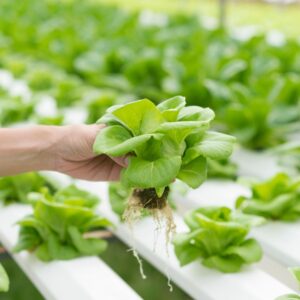
Inadequate Aeration and Oxygen Supply
Oxygen is a key component in the process of respiration, a crucial aspect of plant growth and development. Respiration is the process by which plants break down sugars and other organic compounds to produce energy for growth and other life processes. Since hydroponic systems involve the growth of plants without soil, they rely on water and nutrient solutions to provide the necessary elements for plant growth. Among these elements, oxygen is especially critical.
In a well-aerated hydroponic system, the plant’s roots have access to sufficient levels of oxygen directly from the water or nutrient solution. As roots absorb water and nutrients, they also extract dissolved oxygen. This dissolved oxygen helps the plant break down sugars for energy and supports the growth of beneficial aerobic bacteria that help with nutrient uptake.
When a hydroponic system lacks proper aeration, the oxygen levels in the water or nutrient solution become depleted, limiting the proper functioning of essential processes. Low oxygen levels not only affect the plant’s ability to produce energy during respiration but also compromise its ability to uptake essential nutrients from the hydroponic solution.
Poor aeration in a hydroponic system often results in slow plant growth, as the compromised respiration process fails to provide the necessary energy for healthy development. Furthermore, plants that experience inadequate oxygen supply often struggle to recover from stress-induced situations, making them more susceptible to disease and pests.
Low oxygen levels also result in the growth of anaerobic microorganisms, which compete with the plant for space and food. These microorganisms can generate compounds that are toxic to plants, suffocating root cells and inhibiting proper nutrient absorption.
In summary, adequate aeration and oxygen supply are essential for the healthy and efficient growth of hydroponic plants. Ensuring that your hydroponic system is properly aerated will not only prevent slow growth but also create an environment that fosters strong, vigorous, and resilient plants.
Water Quality Issues: Discuss how poor water quality and impurities can have a negative impact on plant growth in hydroponic systems.
Water quality plays a crucial role in the growth and overall health of your hydroponic plants. Without access to clean, nutrient-rich water, your plants may lack the essential components to thrive, leading to slow growth or other issues. When assessing your hydroponic system’s water quality, consider the following factors that can negatively impact your plants’ development.
1. pH imbalances: Hydroponic systems need a specific pH range for optimal plant growth, typically between 5.5 and 6.5. A higher or lower pH can hinder the plant’s ability to absorb nutrients, resulting in stunted growth. Regularly monitoring and adjusting your system’s pH levels will help ensure your plants receive the necessary nutrients for growth.
2. Dissolved oxygen levels: Adequate oxygen levels in your water are vital for your plant’s root systems to thrive. Low dissolved oxygen can contribute to slow growth and even root rot. Aerators, air stones, or diffusers can all help increase the levels of dissolved oxygen in your nutrient solution.
3. Presence of algae: The presence of algae in your hydroponic system can compete with your plants for essential nutrients and light. By stealing resources from your plants, algae can severely stunt their growth. To prevent algae growth, ensure your reservoir is lightproof and maintain appropriate temperatures in your nutrient solution.
4. Impurities: Impurities like heavy metals and minerals can build up in your nutrient solution, becoming toxic to your plants over time. Excess minerals can lead to nutrient imbalances, which may cause slow growth or other symptoms. To prevent impurity build-up, consider using filtered or purified water in your hydroponic system, and remember to regularly clean your reservoir and equipment.
5. Salinity: High salinity in your nutrient solution can result from excessive evaporation or improper nutrient dosing. High salt levels can cause damage to your plants’ roots and reduce their ability to absorb water and nutrients, leading to slow growth. Monitor the salinity of your hydroponic system regularly and manage it by flushing the system and replenishing it with a fresh, balanced nutrient solution.
Ultimately, maintaining optimal water quality in your hydroponic system is essential for ensuring the healthy growth of your plants. Regular monitoring and adjustments to your system’s water quality parameters will help you address any issues before they adversely impact your plants’ development. By meticulously managing your water quality, you can enjoy the faster growth and higher yields that hydroponics has to offer.
Pests and Diseases: Explain how pest and disease infestations can hinder plant growth and how to maintain hygiene and preventive measures in hydroponic systems.
Pests and Diseases: The Unseen Battles in Hydroponic Systems
One of the reasons hydroponic plants might be growing slowly is the presence of pests and diseases. These unwelcome guests can be quite detrimental to the health of your plants and affect their growth rate. In a hydroponic system, plants are grown in a controlled environment with an emphasis on cleanliness and hygiene. However, pest and disease infestations can still occur, making it essential to keep a close eye on your crops and address these issues as soon as they’re detected.
Pests such as aphids, spider mites, and whiteflies are known to target hydroponic plants. These insects can damage the plant by sucking away its nutrients, disrupting its growth, and even transmitting diseases. Similarly, diseases caused by fungi, bacteria, and viruses can harm your plants and cause stunted growth, especially if left unchecked.
Maintaining proper hygiene and preventive measures is crucial to protecting your plants from these infestations. Here are some essential tips to help you enhance the endurance of your hydroponic system against pests and diseases:
1. Regular inspections: Examine your plants frequently to detect the presence of pests or disease symptoms. Early detection is vital for effective control and recovery from infestations.
2. Cleanliness: Maintain a clean grow room and equipment to minimize the risk of contamination. Sterilize your tools, containers, and other equipment regularly to prevent the spread of pests and diseases. Also, consider disinfecting the grow room between plantings.
3. Quarantine: Isolate any new plants for a few days before introducing them to the main grow room. This precautionary measure helps prevent the spread of disease, especially if the new plants are inadvertently carrying pests or pathogens.
4. Air circulation: Ensure proper air circulation in your hydroponic system to decrease the potential for mold and mildew growth. High humidity and poor airflow can create an ideal environment for these issues to proliferate.
5. Pest control: Adopt integrated pest management (IPM) techniques to control pests in your hydroponic system. These include biological controls, such as introducing beneficial insects, and the occasional use of non-toxic pesticides or organic insecticides when necessary.
6. Water quality: Routinely monitor and maintain water quality in your hydroponic system. Adequate pH, nutrient levels, and temperature can enhance plant health and immunity against diseases.
7. Trained staff: If you have a team working on your hydroponic system, ensure that everyone is trained and knowledgeable about pest identification, early-stage disease symptoms, and proper prevention measures.
By taking these essential steps, you can minimize the occurrence of pest and disease infestations in your hydroponic system, subsequently enhancing the growth and productivity of your plants. A vigilant and proactive approach to hygiene and preventive measures will help your hydroponic plants thrive and grow at the optimal rate.
Root Troubles and System Design Flaws: Discuss how problems with root development and structural design issues in hydroponic systems can lead to slow growth.
Root Troubles: A crucial component to a thriving hydroponic system is healthy root development. When roots aren’t functioning optimally, your plants’ growth can be significantly hindered. Several factors could contribute to slow growth due to root troubles, such as inadequate aeration or nutrient availability. If the root system lacks proper oxygen, it can’t absorb nutrients as efficiently or grow as it should. At the same time, when roots are waterlogged, they become prone to infections and diseases that will ultimately affect their growth.
Moreover, nutrient imbalances may negatively impact the root system. If any essential nutrients are lacking or in excess, it could cause deficiency symptoms, resulting in stunted growth. To avoid these issues, ensure to provide an appropriate balance of nutrients tailored to the needs of your specific hydroponic plants.
System Design Flaws: Another potential reason for slow growth in hydroponic plants is suboptimal system design. A well-designed hydroponic system should cater to the requirements of your plants like adequate light, temperature, and humidity. If your system fails to provide these, it could lead to slower growth rates.
Inadequate lighting, for instance, can dramatically impede plant growth. Ensure that your grow lights match your plants’ light requirements and that your fixtures have the right type and intensity of light. Additionally, position the lights at the correct distance and regularly adjust them as the plants grow.
Similarly, temperature is vital for the rate at which plants grow, and each plant has its optimal range. If the temperature is too low, growth becomes sluggish, while high temperatures can cause plants to burn or wilt. To maintain the ideal temperature for your hydroponic plants, use proper insulation, invest in heating or cooling equipment if necessary, and monitor environmental conditions with precision.
Lastly, humidity management is imperative. Both excessively high and low humidity levels might cause stress to your plants and restrain their growth. Employ humidifiers or dehumidifiers to stabilize the humidity within the optimal range.
Content are generated with AI, fact checked by editorial team.
Hi there! My name is Aaron and I am a gardening expert from the United States. I have always had a passion for gardening and have been practicing it for years. I have gained extensive knowledge and experience in gardening.

